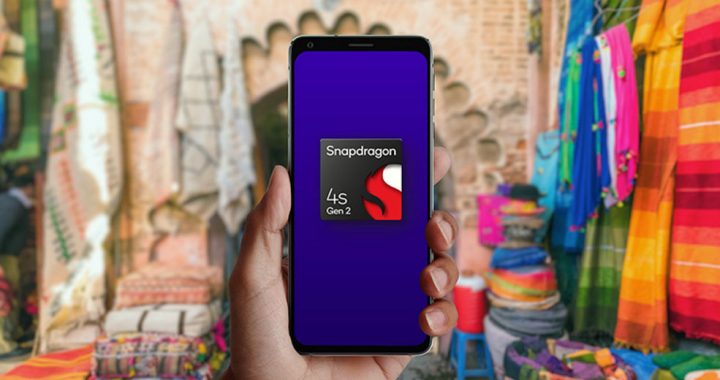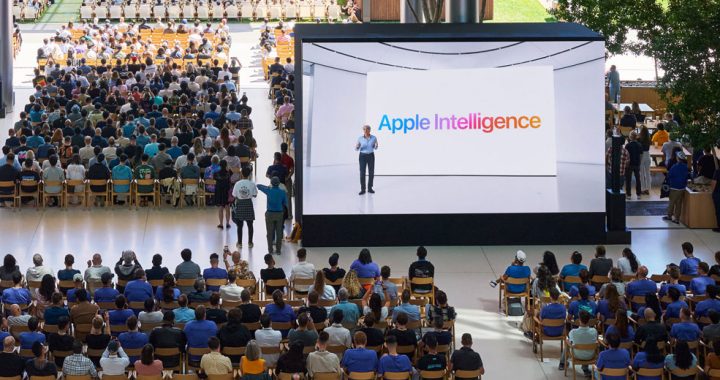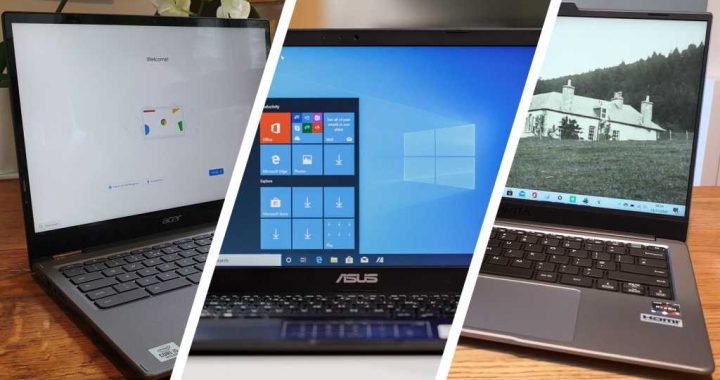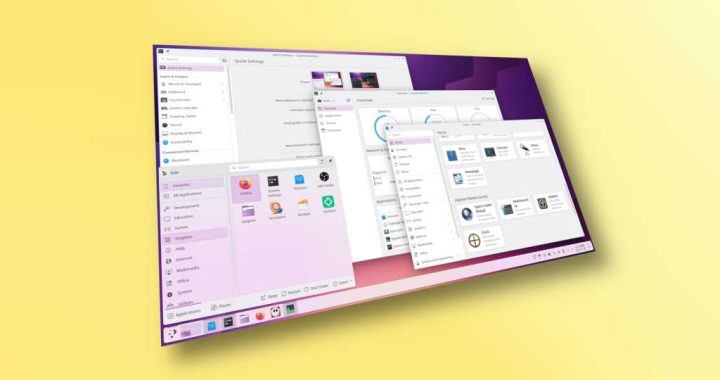The Copilot+ PCs Have Arrived: Initial Impressions

I’ve received my first two Copilot+ PCs to review, and both are impressive products. I got a gorgeous HP EliteBook Ultra 14 and the Microsoft Surface Laptop, 7th Edition, both of which have just started shipping.
While these are nearly identical in size and weight, the HP EliteBook targets enterprise buyers and offers features like Wolf Security, which this user class highly values. Microsoft targets the Surface Laptop at people who would otherwise buy Apple.
These products outperform their Apple alternatives, though neither HP nor Microsoft has the level of smartphone integration or smartphone commonality that Apple users have come to expect and value.
Although Microsoft and HP are capable of building better hardware than Apple, neither has stepped up even to try to provide a better solution, making these Apple comparisons pointless.
Let’s talk about Copilot+ PCs this week, and we’ll close with my Product of the Week, the best new electric car on the market.
HP EliteBook Ultra 14
The HP EliteBook Ultra 14 is a pretty piece of work. It comes in Dragonfly Blue, my favorite color for a laptop until someone makes a purple one. HP once made my favorite notebook of all time, the old Qualcomm-powered Folio, which would have been the perfect configuration for one of these new Copilot+ PCs. Fortunately, my second favorite was the old Dragonfly notebook in the same color as this EliteBook.

EliteBook Ultra 14 | Image Credit: HP
With 28 hours of video playback and a carry weight of just under three pounds, this notebook is an impressive product. It comes with 16GB of memory, a 512GB hard drive, a decent display with 300 nits of brightness (indoor only), and a price just shy of $1,700.
Its standout feature is the newest Wolf Security anti-malware software, which employs AI to better identify and mitigate threats. This unique solution is currently unmatched in the market. With attacks from hostile nation-states like Russia, China, and North Korea still spreading and focused on those in large companies with valuable privileges the bad guys want to steal, this level of security is critical for a business-focused laptop.
The EliteBook Ultra sports two USB-C ports, one USB-A port, and a headphone jack. The power supply is a small USB-C unit that uses one of those USB-C ports while in use. This notebook supports the Wi-Fi 6E standard.
Microsoft Surface Laptop, 7th Edition
The Microsoft Surface Laptop, 7th Edition is also pretty. It comes in four colors: sapphire, dune, platinum, and the one they sent me in black. I like the black the best.

Surface Laptop, 7th Edition | Image Credit: Microsoft
The Surface Laptop uses the unique PixelSense display, which has the perfect aspect ratio for Windows, a unique advantage that still seems to apply only to Microsoft’s offerings. It has around 400+ nits, which means it works a little better outdoors but is still a bit short of ideal for that use. While it starts at just under $1,000, when configured similarly to the HP EliteBook, the price jumps to just under $1,400.
This Surface Laptop has dimensions and weight identical to HP’s EliteBook, and it still represents my favorite Surface configuration, even though the Surface Pro is the more performant product due to its WAN option. Given both products use Qualcomm solutions, this should be part of every one of these configurations since WAN modems are where Qualcomm has traditionally excelled.
The more powerful screen contributes to the Surface Laptop having less video viewing battery life, but it is still an impressive 20 hours.
One of the key differentiators of the Surface Laptop is its power supply. Unlike many other laptops, it doesn’t take up a USB-C slot, allowing you to use both USB-C ports freely. Additionally, it has a USB-A port and a headphone jack. The power supply is designed to easily disconnect if someone trips over the cord, protecting the device from damage. Anyone working from home with kids or pets should require this feature on a laptop.
Microsoft’s online trade-in program currently offers up to $600, making this an even better value if you have an old laptop that needs to be retired.
Wrapping Up
I prefer the appearance, battery life, and security features of the HP EliteBook Ultra, but I favor the display, power supply, and price (especially with the trade-in) of the Surface Laptop, 7th Edition. Both represent my favorite products currently shipping from their respective companies. They are impressively engineered and built.
Though my ideal product would still be one of those that used the old HP Folio configuration, I’d be more than pleased to carry either. The EliteBook Ultra 14 and Surface Laptop, 7th Edition represent only the first wave of AI-enabled laptops.
I expect future versions to move farther away from existing standards as they begin to truly embrace what a conversational PC interface can become, which might render the keyboard and touchpad obsolete over time.
In addition, over the next year, more apps will come out supporting the NPU in both of these products, making them even more compelling offerings. Right now, with Microsoft Recall on hold, the primary feature that makes these Copilot+ laptops different is Cocreator support. This app is essential for me as both my mother and stepmother were artists, and I can’t draw to save my life.
In the end, however, this is the beginning of our AI PC future, but I’ll bet the end will look vastly different.

Product of the Week: 2025 Audi RS E-tron GT

Image Credit: Audi Communications
I just bought a used Audi e-tron GT. If it’s possible to fall in love with a car, I’m in love with this one. The vehicle underwent an extraordinarily minor change between 2021 when it first became available, and 2024, which makes my 2022 a bargain. However, the 2025 is a huge leap forward and represents the fastest production car Audi has ever made.
Mine is the GT version, which has around 460 horsepower but boosts acceleration to 522 horses, while the RS version has 100 extra ponies. This gives my car a 3.6-second 0 to 60 and the RS version a 2.9-second 0 to 60. Impressive, right?
Well, the 2025 GT jumps to 671 HP with a 3.4-second 0 to 60, the RS version jumps to 845 HP with a 2.8-second 0 to 60, and the RS GT Performance version has 912 HP and a 2.5-second 0 to 60. This closes in on the Tesla S Plaid’s 1.98 blistering 0 to 60. Still, when you consider that the fastest modified C8 Corvettes are running 2.2-second 0 to 60 times, these are impressive numbers for unmodified sedans.
As noted, the e-tron GT is a GT sedan with about the same dimensions (though lower) as a Tesla Model S. It has a richer interior and, I think, far better looks.
The new e-tron GT comes with an even more advanced suspension that not only raises the car near instantly to make it easier to get in and out of, but it also fights nose lift on acceleration and holds the car flatter on turns than I’ve ever seen in a production sedan or GT car. Its demo model is impressive. The new one also has around 100 miles more range which makes an enormous difference, and it is, under the covers, a Porsche Taycan.
One of my favorite features in the new car is the addition of an over-boost button that gives a massive kick when you push it. My 2022 model automatically does this when I floor it, but the button would be much more fun.

2022 Audi e-tron GT | Photo by Author
The e-tron GT has never been a cheap date. It starts at over $100,000 and approaches $200,000 when configured in its highest performance mode. Then again, if you see someone in a supercar, you can embarrass the hell out of them. For me, that is often worth the price of admission, as the massive amount of torque the unique two-speed transmission and motor puts out is just incredible.
I’m in love with my 2022 Audi e-tron GT, so the new 2025 model is my Product of the Week.










